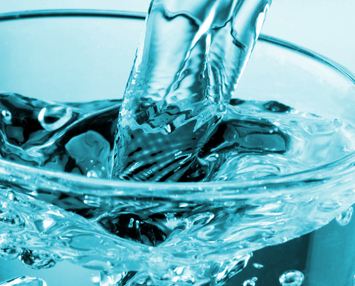SA Water shows lockdown shift
 SA Water has provided details on what people did during the state’s two-day lockdown.
SA Water has provided details on what people did during the state’s two-day lockdown.
The state has emerged from a brief lockdown triggered by a cluster of cases in Adelaide.
South Australia’s ‘circuit breaker’ lockdown and recent warmer weather has resulted in the state’s water consumption reaching its highest daily figure since March, with last Thursday’s demand just shy of a billion litres.
While the mercury rose to above 35℃ during the first day of lockdown, the state’s thirst for water rose to 982 million litres – around 30 per cent higher than the daily average of the previous week.
SA Water’s Senior Manager of Media and Communications Joshua Zugajev says South Australians appear to have been making the most of being at home by tending to the garden or getting ahead on household chores.
“We typically observe a trend between warmer weather and water consumption, and it seems with the majority of our community staying home to help stop the spread of COVID-19 during the recent lockdown, we may have had more time to water the garden or get through an extra load of laundry,” Mr Zugajev said.
“Our morning water consumption pattern also shifted during the few days of lockdown, indicating that many people enjoyed a sleep-in and avoided the usual morning rush of showering and preparing breakfast.
“Looking at Adelaide alone – which normally comprises two-thirds of the state’s overall water consumption – water use increased by more than 35 per cent to around 630 million litres per day during the three-day lockdown, when compared to the five-year daily average for November.
“Once people were able to get out and about on Sunday, and with a bit of rainfall around, Adelaide’s water consumption dropped right down to 470 million litres, which is more typical for a November’s day.”
After the first two months of the state’s initial lockdown earlier this year, SA Water data revealed how people’s steamy showers and toilet flushes peaked two hours later than normal in the morning.
Mr Zugajev said a similar pattern formed during the circuit breaker, with the utility’s Christies Beach Wastewater Treatment Plant experiencing a sharp rise in flow.
“The inflow of sewage to our wastewater treatment plants again showed peak use by our customers happening a couple of hours later each day,” Mr Zugajev said.
“Interestingly, the southern suburbs seemed to have a large number of people who typically work, study or attend school in other areas of Adelaide, with our Christies Beach facility experiencing almost a 30 per cent increase in peak flow during the daytime than it would otherwise normally see on a weekday.”








 Print
Print